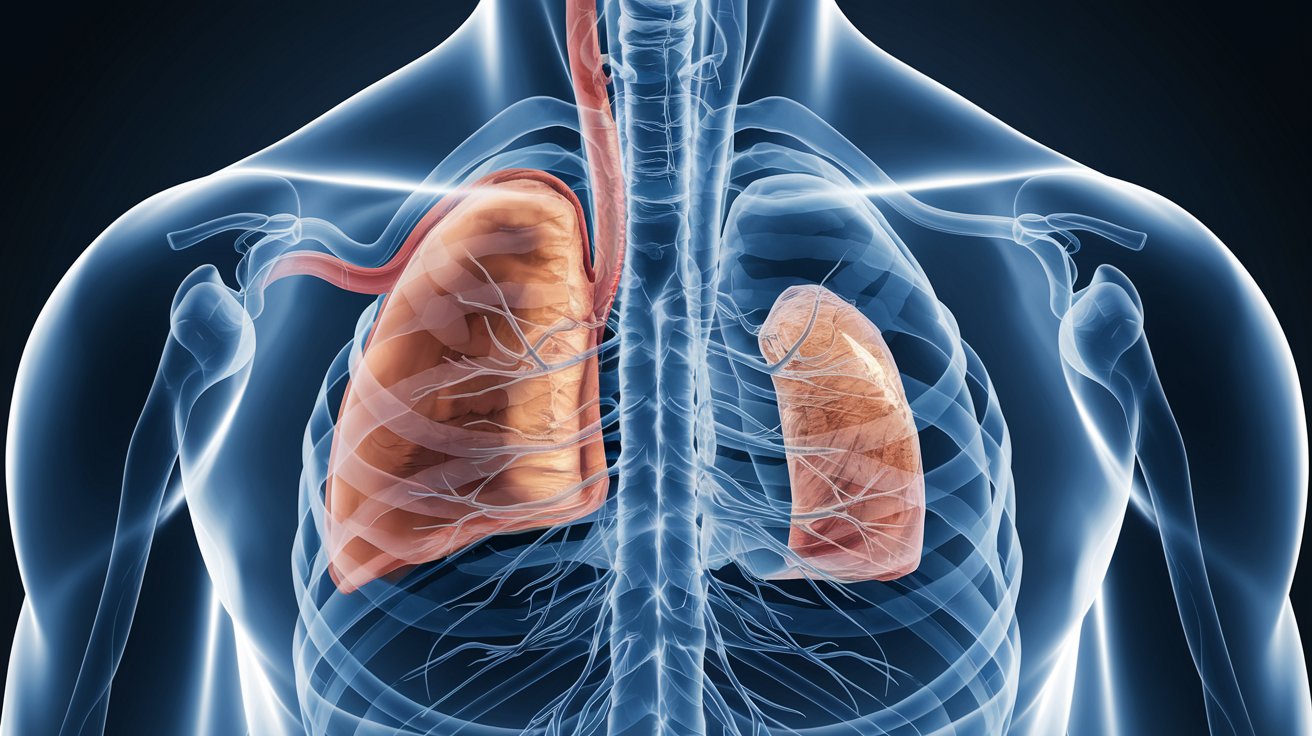
Taussig–Bing Syndrome is a rare congenital heart defect that can be quite complex. What exactly is Taussig–Bing Syndrome? In simple terms, it’s a condition where the heart’s anatomy is abnormal, leading to improper blood flow. This syndrome involves a combination of two main issues: double outlet right ventricle (DORV) and ventricular septal defect (VSD). Essentially, both the aorta and pulmonary artery arise from the right ventricle, and there’s a hole between the heart’s lower chambers. This can cause oxygen-poor blood to mix with oxygen-rich blood, leading to various health problems. Understanding this condition is crucial for early diagnosis and treatment, which can significantly improve outcomes for affected individuals.
Key Takeaways:
- Taussig–Bing Syndrome is a rare heart condition named after its discoverers. It causes structural abnormalities and may lead to symptoms like cyanosis and difficulty breathing. Early diagnosis and surgical intervention can improve long-term outcomes.
- Advances in surgical techniques have greatly improved the survival rates and quality of life for children with Taussig–Bing Syndrome. Lifelong follow-up with a cardiologist is crucial for monitoring heart function and detecting any potential complications.
What is Taussig–Bing Syndrome?
Taussig–Bing Syndrome is a rare congenital heart defect. It involves complex anatomical abnormalities that affect the heart's structure and function. Understanding this condition can help in recognizing its symptoms and treatment options.
-
Named After Pioneers: The syndrome is named after Helen B. Taussig and Richard J. Bing, who first described it in 1949.
-
Double Outlet Right Ventricle: One of the key features is a double outlet right ventricle (DORV), where both the aorta and pulmonary artery arise from the right ventricle.
-
Ventricular Septal Defect: Patients often have a ventricular septal defect (VSD), a hole between the heart's lower chambers.
-
Transposition of the Great Arteries: This condition frequently involves transposition of the great arteries (TGA), where the positions of the aorta and pulmonary artery are switched.
-
Cyanosis: A common symptom is cyanosis, a bluish tint to the skin due to low oxygen levels in the blood.
Symptoms and Diagnosis
Recognizing the symptoms early can lead to timely diagnosis and treatment. Here are some key symptoms and diagnostic methods for Taussig–Bing Syndrome.
-
Heart Murmur: Many infants with this syndrome have a heart murmur, an unusual sound heard during a heartbeat.
-
Difficulty Breathing: Infants may experience difficulty breathing or rapid breathing.
-
Poor Feeding: Affected infants often have trouble feeding and may not gain weight as expected.
-
Echocardiogram: An echocardiogram is a primary diagnostic tool used to visualize the heart's structure and function.
-
Cardiac MRI: Cardiac MRI can provide detailed images of the heart, helping to confirm the diagnosis.
Treatment Options
Treatment for Taussig–Bing Syndrome usually involves surgical intervention. Here are some common treatment approaches.
-
Arterial Switch Operation: This surgery corrects the transposition of the great arteries by switching them back to their normal positions.
-
Ventricular Septal Defect Repair: Surgeons often repair the ventricular septal defect during the same operation.
-
Rastelli Procedure: This complex surgery involves creating a new pathway for blood flow from the left ventricle to the aorta.
-
Palliative Procedures: In some cases, temporary palliative procedures may be performed to improve oxygenation before definitive surgery.
-
Postoperative Care: Intensive postoperative care is crucial for recovery, including monitoring for complications and managing medications.
Prognosis and Long-term Outcomes
Understanding the long-term outcomes can help families prepare for the future. Here are some important facts about the prognosis of Taussig–Bing Syndrome.
-
Survival Rates: Advances in surgical techniques have significantly improved survival rates for infants with this condition.
-
Quality of Life: Many children who undergo successful surgery can lead relatively normal lives with good quality of life.
-
Regular Follow-ups: Lifelong follow-up with a cardiologist is essential to monitor heart function and detect any late complications.
-
Exercise Restrictions: Some children may have restrictions on strenuous physical activities to avoid stressing the heart.
-
Potential Complications: Long-term complications can include arrhythmias, heart valve problems, and heart failure.
Research and Future Directions
Ongoing research aims to improve understanding and treatment of Taussig–Bing Syndrome. Here are some current research areas and future directions.
-
Genetic Studies: Researchers are investigating the genetic factors that may contribute to the development of this syndrome.
-
Improved Surgical Techniques: Advances in surgical techniques continue to enhance outcomes and reduce complications.
-
Stem Cell Therapy: Experimental treatments like stem cell therapy hold promise for repairing damaged heart tissue.
-
Artificial Heart Valves: Development of better artificial heart valves could improve long-term outcomes for patients.
-
Patient Registries: Establishing patient registries helps collect data to improve understanding and management of the condition.
Understanding Taussig–Bing Syndrome
Taussig–Bing Syndrome is a rare congenital heart defect that requires early diagnosis and intervention. Named after Helen Taussig and Richard Bing, this condition involves a complex mix of heart abnormalities, including double outlet right ventricle and transposition of the great arteries. Early symptoms often include cyanosis, difficulty breathing, and poor feeding in infants. Treatment typically involves surgical procedures to correct the heart's structure and improve blood flow.
Awareness and knowledge about Taussig–Bing Syndrome can lead to better outcomes for affected children. Advances in medical technology and surgical techniques have significantly improved survival rates and quality of life. If you suspect a child may have this condition, consult a pediatric cardiologist immediately. Early intervention is crucial for managing symptoms and ensuring a healthier future. Stay informed and proactive about heart health to make a difference.
Frequently Asked Questions
Was this page helpful?
Our commitment to delivering trustworthy and engaging content is at the heart of what we do. Each fact on our site is contributed by real users like you, bringing a wealth of diverse insights and information. To ensure the highest standards of accuracy and reliability, our dedicated editors meticulously review each submission. This process guarantees that the facts we share are not only fascinating but also credible. Trust in our commitment to quality and authenticity as you explore and learn with us.
